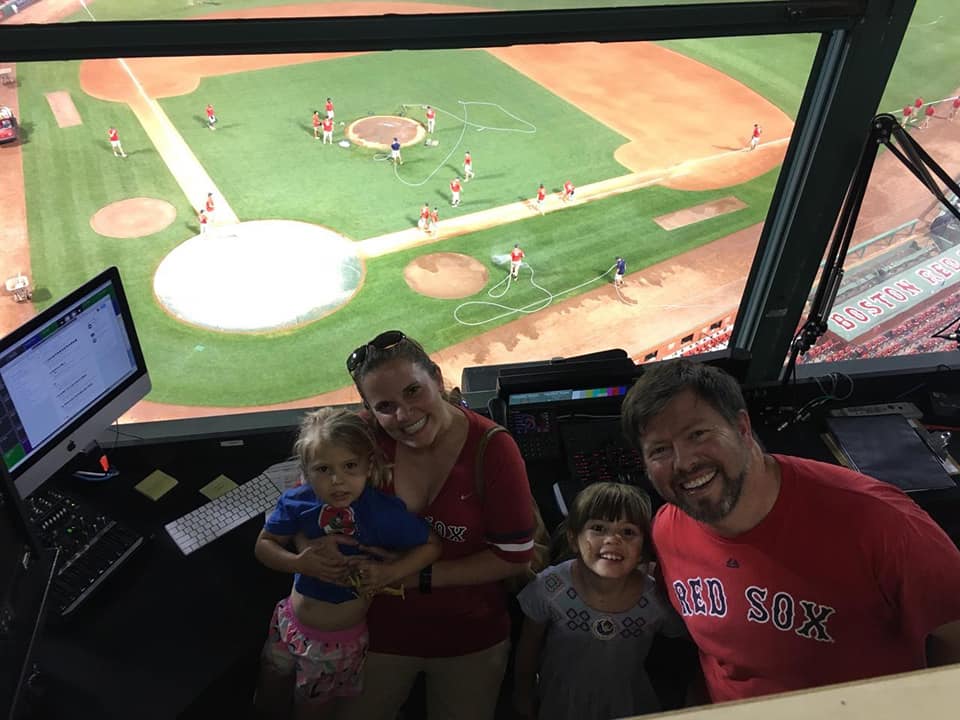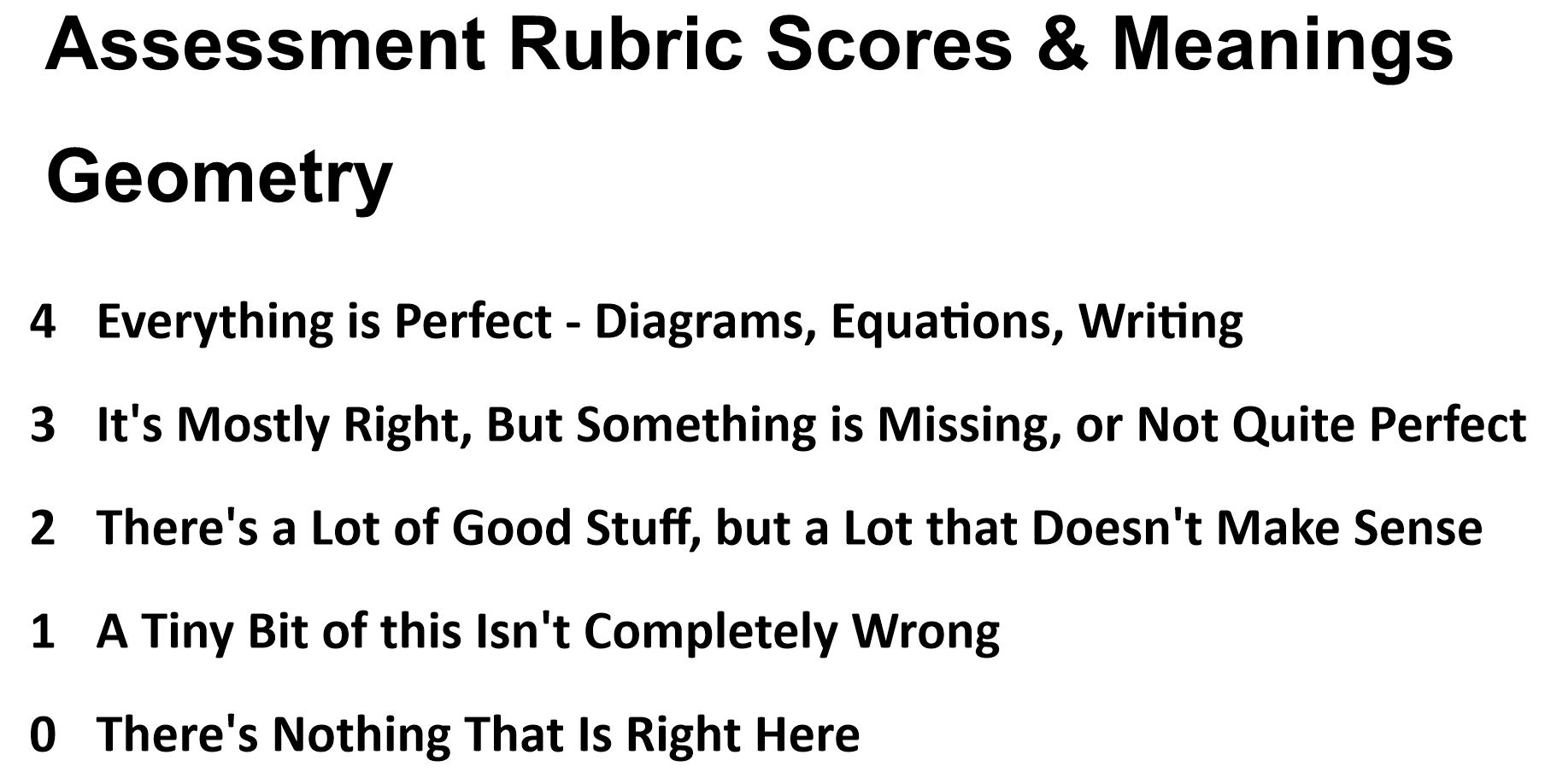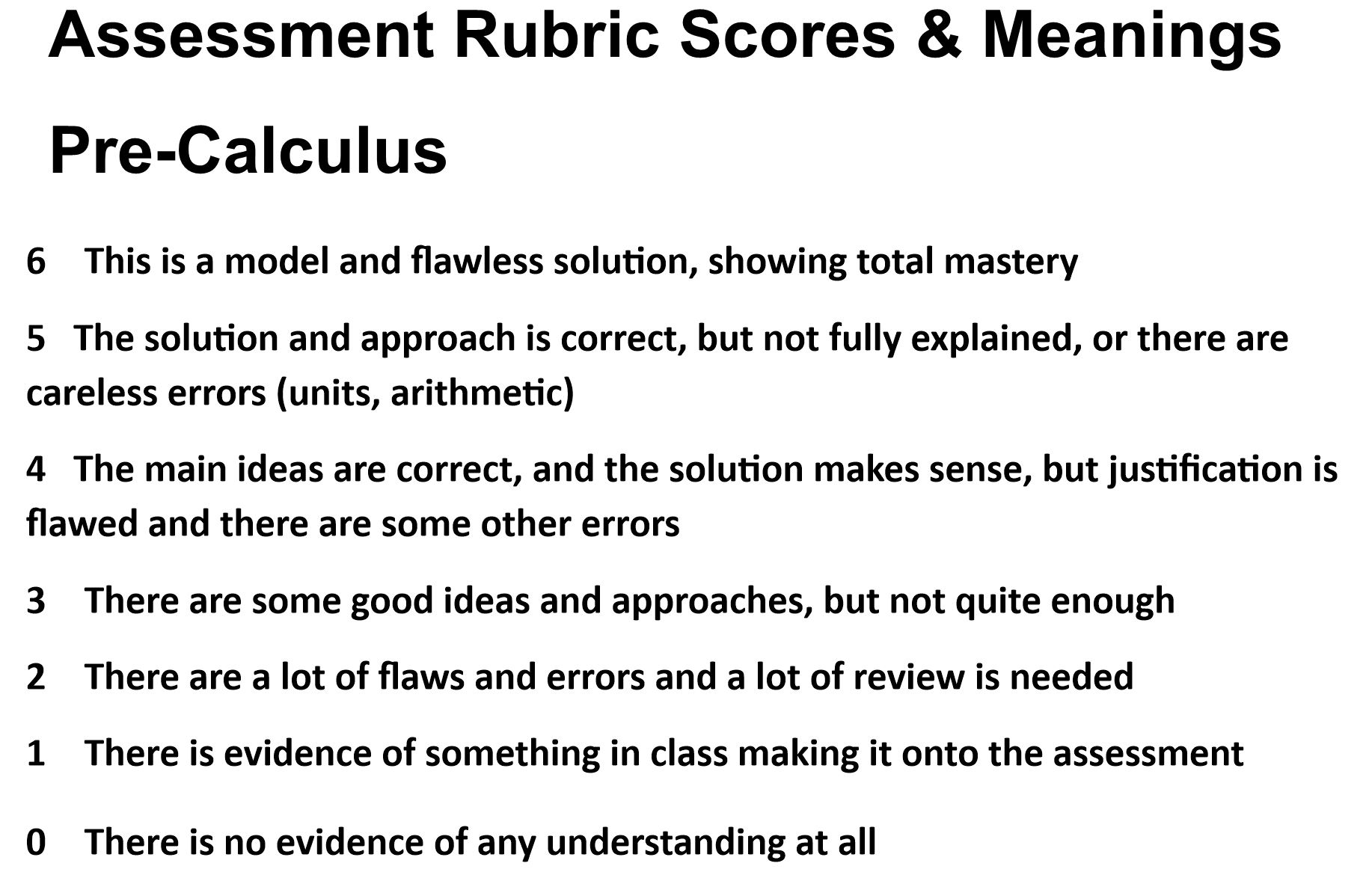I started writing this blog post last November, and then never finished it. Now that I’m getting ready to teach a statistics class this coming year, it seemed a good time to revisit this experience I had, and how math really does show up in real life justice questions.
One week in early November, I was summoned for jury duty. For the first time in my life, I actually had to go in. I had the option to defer up to 90 days, but really, there was no time that would be better – Thanksgiving Break, Holiday Break, and semester final exams are all things I don’t want to miss out on, so I took my chances. Besides, I’d always wanted the opportunity to serve on a jury, which I thought would be a fascinating learning experience. I wasn’t expecting the lesson I got.

Monday morning, I rushed to the Santa Clara Hall of Justice, 2nd floor, and registered as a juror, and waited. I sat next to an older African American man who was reading a book on John Carlos, while I tried to grade some papers that I hadn’t gotten around to over the weekend. I found out we were in the same group when our group number was called over the loudspeaker. We joined a sea of prospective jurors and made our way into the courtroom where we filled up all the available seats. I’d estimate that there were well over 100 jurors. The judge came in, and explained the basics of the case, as well as the reasons that jurors could immediately be let go (health issues, family or financial hardship, etc.). The same black man sitting next to me indicated that he had some health issues, and sure enough, he wasn’t back in the afternoon after the judge spoke with all the hardship claims. And that’s when I noticed something strange. At least, I naively thought it was strange, but it turns out to be a common and well researched problem. The defendant was a young black man, and after the potential juror that had been sitting next to me was dismissed, there were no potential jurors that were black. In a county that is quite diverse, the summoned jurors included mostly white people, some people who appeared to have an East Asian background, a few who appeared to be Latinx, a small number of Pacific Islanders perhaps, but the only black person in the courtroom each day was the defendant.
The judge did bring up implicit bias, which initially impressed me, but he barely touched on it, and neither the D.A. nor the defense attorney made much of the fact that there is a significant racial element and a likely bias that is not adequately addressed by merely mentioning that it exists. I’ve been working towards a goal of equity for a long time, I’ve read about bias, attended lectures and workshops on bias, and try to educate myself regularly, and am sure that bias is still a big part of my initial decision making. I am more aware of it, and there are things I can do to address it, but I also think that I’m in the minority in the white population in terms of my awareness of how bias works. It makes me that much more concerned about how the general non-black populations’ biases will affect their ability to be fair and impartial when determining the guilt or innocence of a black man.

As juror after juror got excused, and new jurors had their numbers come up to be up in the selection pool, I wondered what I would want should I get to that point and have my background questioned. On one hand, if I voiced my concerns around the systemic racism inherent in the justice system as evidenced by the lack of peers in the potential jury pool, and if I voiced my concerns about the ability of witnesses to accurately identify a person, and if I voiced my concerns about the potential for a guilty verdict to lead to a sentencing that would be counterproductive and punitive and not rehabilitative or restorative, then I would be excused, could go back to my classroom, and not have to spend the next month writing sub plans. On the other hand, if I minimized those thoughts, maybe I could be on the jury and make a difference and be fair and impartial because of my background, and even help to ensure that the rest of the jury takes their own biases into account.

I admit to breathing a sigh of relief when the D.A. and defense attorney agreed on a set of twelve jurors and two alternates, and I was one of the 13 people still left in the audience, our numbers not called. Even so, I am so curious about the reasons that, in such a diverse county as Santa Clara county, where 2.8% of the population is African American (a percentage lower than I thought), so little was made of the fact that the 14 jurors selected were all white and Asian. But, like I noted before, this is frighteningly common, and there are many, many reasons behind it. Seems like a good set of problems to explore and model with some probability and statistics.

 He chooses everything – except for a few givens (Sweet Caroline and Dirty Water come to mind), and the
He chooses everything – except for a few givens (Sweet Caroline and Dirty Water come to mind), and the 



